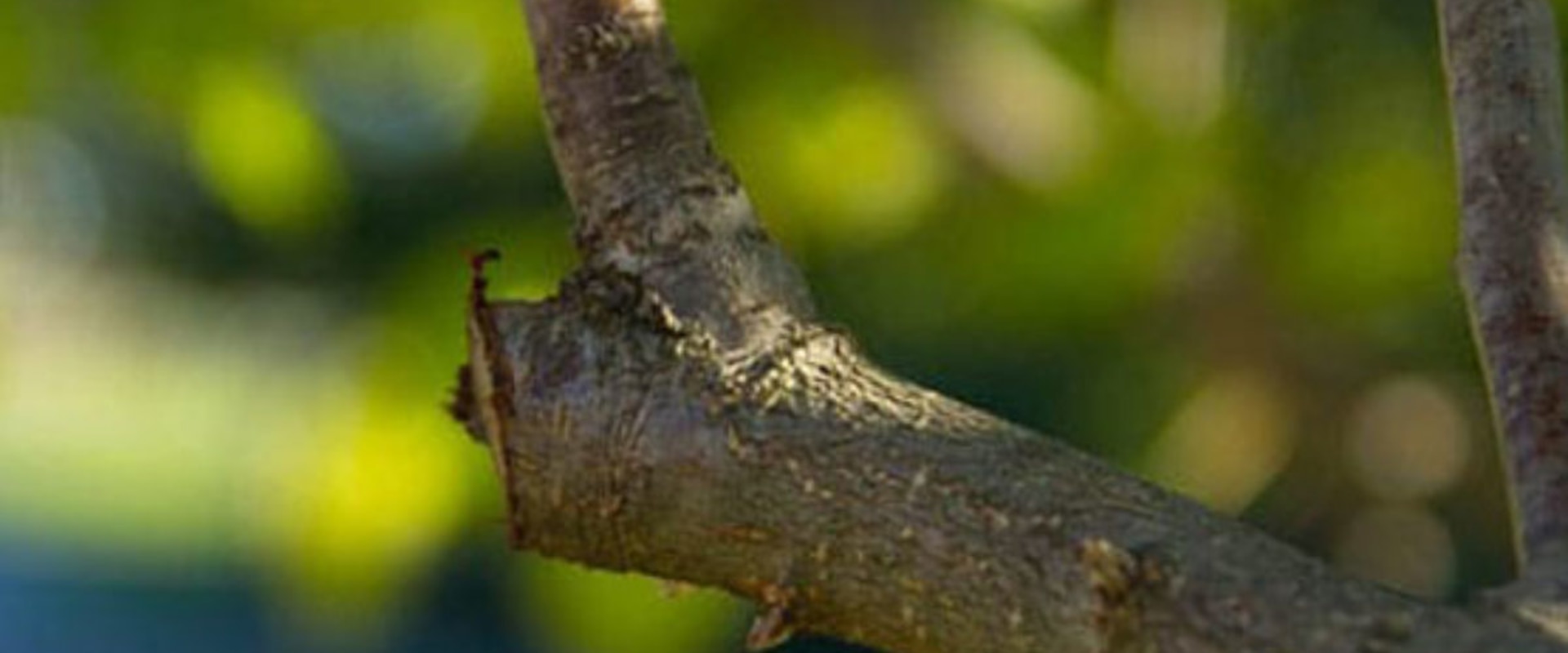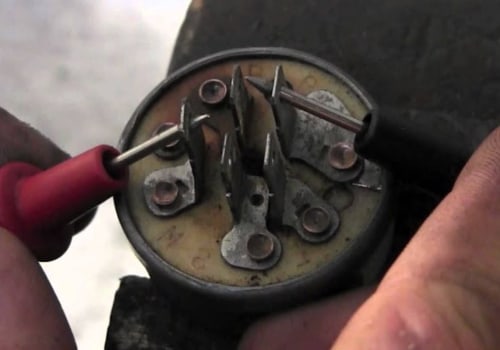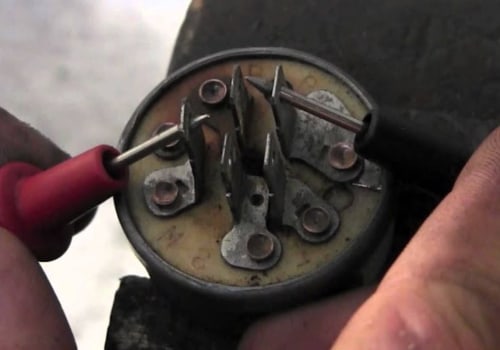Incorrect pruning cutting An incorrect cut, such as a flush cut (cut too close to the trunk) or a stem cut (cut too far from the trunk) can cause irreversible damage to the tree. A flush cut removes the neck of the branch and leaves a large wound on the side of the tree that does not heal properly. Pruning large tree branches, with diameters greater than 3 or 4 inches, can create wounds that are too large for the tree to seal. Depending on the crown of the tree and its branch structure, it is better to remove a branch of large diameter by cutting it to the trunk.
In this way, the branch collar can seal the wound. Do not prune: lack of pruning tops the list of common pruning errors. This may be due to laziness or fear of ending up with a failed pruning. It can cause overgrown shrubs or trees that are too tall.
Excessive pruning can lead to problems with suction cups growing on the trunk or branches. Because the suction cups are not structurally stable, they can be easily damaged and cause the tree to become unsafe. There is no one-size-fits-all way to prune all plants. You will have to prune at different times of the year and in different ways, depending on the plants you are growing, how you are growing them and what of them.
Therefore, it is important to research how to prune each plant before you start pruning it. Pruning at the wrong time of year, or in the wrong way, can lead to all kinds of problems, not least that the plant grows a lot of extra foliage at the expense of fruit or flowers. Depending on its size, age and condition, no more than 5% to 20% of the crown of a tree should be removed at once. This occurs when a branch is cut flush with the bark of the tree trunk or the largest branch to which it is attached.
Yes, it may be fun to prune it, but unless you're turning your hydrangea or crepe myrtle into a topiary, don't overdo it. Instead, depending on the species of a tree, an experienced pruner will select a solid side branch along the trunk and make a proper pruning cut just above it. Tree pruning helps maintain structural integrity by balancing the weight distribution of branches on each side, removing dead or dead wood that may be at risk of falling, and removing branches that make a tree heavy on top. Trees are flexible by nature and have endured the weather for millennia, but a tree with a lion's tail has lost its protective and flexible shape and can be more easily damaged in winter.
This burdens the two leaders and strains the place where they come together, eventually splitting the tree. During the growing season, which usually runs from spring to late summer, be careful to leave enough leaves to keep the tree healthy and growing. Aesthetic arbolists and pruners are trained to understand the growth patterns and physical structure of trees and shrubs. A better approach is to prune the tree at regular intervals to correct the shape of a tree's crown and remove duplicate, crossed, overgrown or unbalanced branches.
For example, rhododendrons and conifers are best pruned in late summer before they cover the buds for next year. When large branches are cut and dropped (which is what most DIY clippers usually do), the bark tears up the side of the tree, damaging it and leaving it vulnerable to pests and diseases. Avoiding pruning mistakes is easy when you know the proper pruning techniques and, more importantly, why are you pruning a tree or shrub. You don't need a trained tree expert to spot a bad pruning job, but you do need one to get the job done right.








Leave Reply